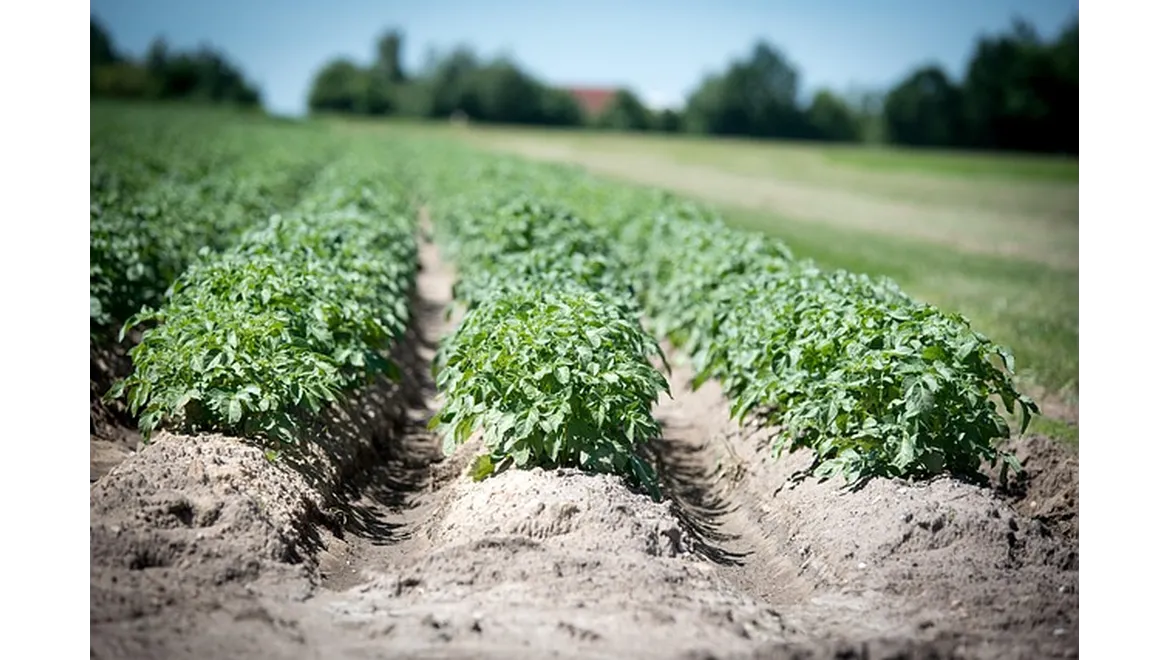Right then, let’s talk soil. As a UK gardener, you quickly learn that ‘one size fits all’ definitely doesn’t apply. I’ve wrestled with heavy clay, watched precious water drain straight through sandy patches, and even contended with the alkaline challenge of chalky soil. For ages I just accepted it, blaming the weather, slugs, or just plain bad luck when plants struggled. But then I stumbled upon the concept of cover crops, and honestly, it’s been a game-changer. Think of them as your soil’s personal trainers – working hard beneath the surface to get everything in tip-top shape.
I first read about cover crops in an article talking about different ways to improve clay soil. My clay soil was the bane of my gardening existance. Everything seemed to struggle and I was constantly digging in compost in hope it would improve, and it would a little. The idea of actively improving the soil structure, and not just feeding the plants, was revolutionary to me. The piece really highlighted the different benefits you can get from different cover crops, that I found incredible!.
Getting to Know Your Soil (and Why You Should!)
Before you even think about sowing cover crops, you need to understand what you’re working with. Soil testing is crucial. You can buy simple kits online or from garden centres; they’ll give you a basic idea of your soil’s pH (acidity or alkalinity) and nutrient levels. If you want a more detailed analysis, consider sending a sample to a professional lab. Knowing your soil type is just as important – is it clay, sandy, chalky, silty, or a loam (a good mix)?
Choosing the Right Cover Crop for the Job
This is where the magic happens! Different cover crops offer different benefits:
-
For Clay Soil: This is where I started. The goal is to improve drainage and aeration. Winter rye or grazing rye are brilliant choices. They have deep roots that break up the heavy clay, creating channels for air and water. You sow them in autumn, let them do their work over winter, and then chop them down and incorporate them into the soil in spring.
- How to Sow and Incorporate: Sow the seeds thinly broadcast across the prepared soil surface. Lightly rake them in. In spring, before they set seed, cut them down with shears or a strimmer. Let the clippings sit on the surface for a few days to wilt, then dig them into the topsoil. This adds organic matter and further improves soil structure.
-
For Sandy Soil: The challenge here is water retention. Cover crops like buckwheat are fantastic. They grow quickly and produce a lot of organic matter, which helps bind the sandy particles together and improve the soil’s ability to hold moisture and nutrients. Buckwheat also smothers weeds, another bonus!
- How to Sow and Incorporate: Similar to winter rye, broadcast the buckwheat seeds in spring or summer. It grows quickly and will flower within a few weeks. Once it starts to flower heavily (before it sets seed), chop it down and dig it into the soil. It decomposes rapidly, adding valuable organic matter.
-
For Chalky Soil: Chalky soil is alkaline and often lacks essential nutrients. Green manures like legumes (e.g., clover or field beans) are excellent because they fix nitrogen from the air and add it to the soil, improving fertility. They also help suppress weeds.
- How to Sow and Incorporate: Sow legumes in spring or early summer. Allow them to grow until they start to flower. Then, cut them down and dig them into the soil. The added nitrogen will benefit your subsequent crops.
-
Weed Suppression: Phacelia is a quick-growing cover crop that’s fantastic for suppressing weeds. It produces beautiful purple flowers that attract beneficial insects and provides a dense canopy that smothers weed seedlings.
- How to Sow and Incorporate: Sow phacelia in spring or summer. It’s very fast-growing. Chop it down before it sets seed and incorporate it into the soil. It decomposes quickly, releasing nutrients back into the soil.
Timing is Everything
The best time to sow cover crops depends on your local climate and the type of cover crop you’re using. Autumn is generally a good time to sow winter cover crops like rye or field beans. Spring and summer are suitable for quicker-growing options like buckwheat or phacelia. Always check the seed packet for specific instructions.
Incorporating Your Cover Crop
Once your cover crop has done its job, you need to incorporate it into the soil. This is usually done by chopping it down and digging it into the topsoil. This adds organic matter to the soil, further improving its structure and fertility. Ideally, do this a few weeks before you plan to plant your main crops to allow the cover crop to decompose.
The Long-Term Benefits
I’ve noticed a real difference since starting to use cover crops. My heavy clay soil is much easier to work with, drainage has improved, and my plants seem healthier and more vigorous. Plus, I’m using fewer chemicals to control weeds, which is a big win. I even managed to get my orangery roses to finally flourish, I think the added nutrients and improved soil structure helped the roses to put down deep roots and access all that they need. Cover cropping isn’t a quick fix, but it’s a fantastic long-term investment in the health and vitality of your garden. It’s about nurturing the soil, which in turn nurtures everything else. It’s been a journey of understanding my garden better and working with it, not against it, and the results speak for themselves. Give it a try – you might just be surprised at the difference it makes.


